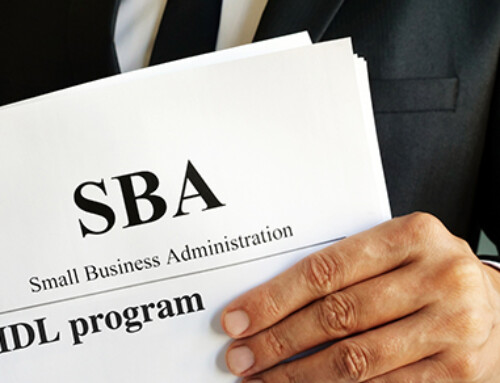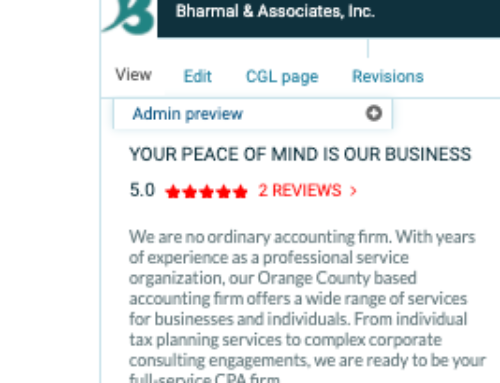Know About This Employer-Issued Non-Qualified Stock Options
You or your spouse may have the opportunity to obtain non-qualified stock options. Or you may have your corporation issue non-qualified stock options to its employees and independent contractors. In both cases, you will want to know how these options work.
When you exercise a non-qualified stock option, the bargain element (the difference between the market value and the exercise price at the time of exercise) is generally taxed at your ordinary income rates on that year’s tax return. (If you are an employee, this taxation is as W-2 income, which we explain later.)
Your tax basis in non-qualified stock option shares equals the market price on the exercise date. Any subsequent appreciation is capital gain taxed when you sell the shares. If the market price on the exercise date exceeds your net sale proceeds, you have a capital loss. (Your holding period determines whether the gain or loss is long- or short-term.)
Example. On March 1, 2018, you were granted a non-qualified stock option allowing you to buy 2,000 shares of company stock at $25 per share. On December 15, 2018, you exercised the option when the stock was trading at $34.
On May 15, 2020, the shares are trading at $52 and you cash in your chips. You paid 2018 federal income tax on the $18,000 bargain element (2,000 shares x $9 bargain element) at your ordinary rate. Assume you paid $4,320 (24 percent x $18,000).
Your per-share tax basis is $34, and your holding period began on December 16, 2018.
When you sell on May 15, 2020, for $52 per share, you trigger a $36,000 taxable gain (2,000 shares x $18 per-share difference between $52 per-share sale price and $34 per-share basis). Assume this long-term capital gain gets taxed at the 15 percent federal rate, resulting in a $5,400 tax hit (15 percent x $36,000).
When all is said and done, you net an after-tax profit of $44,280.





